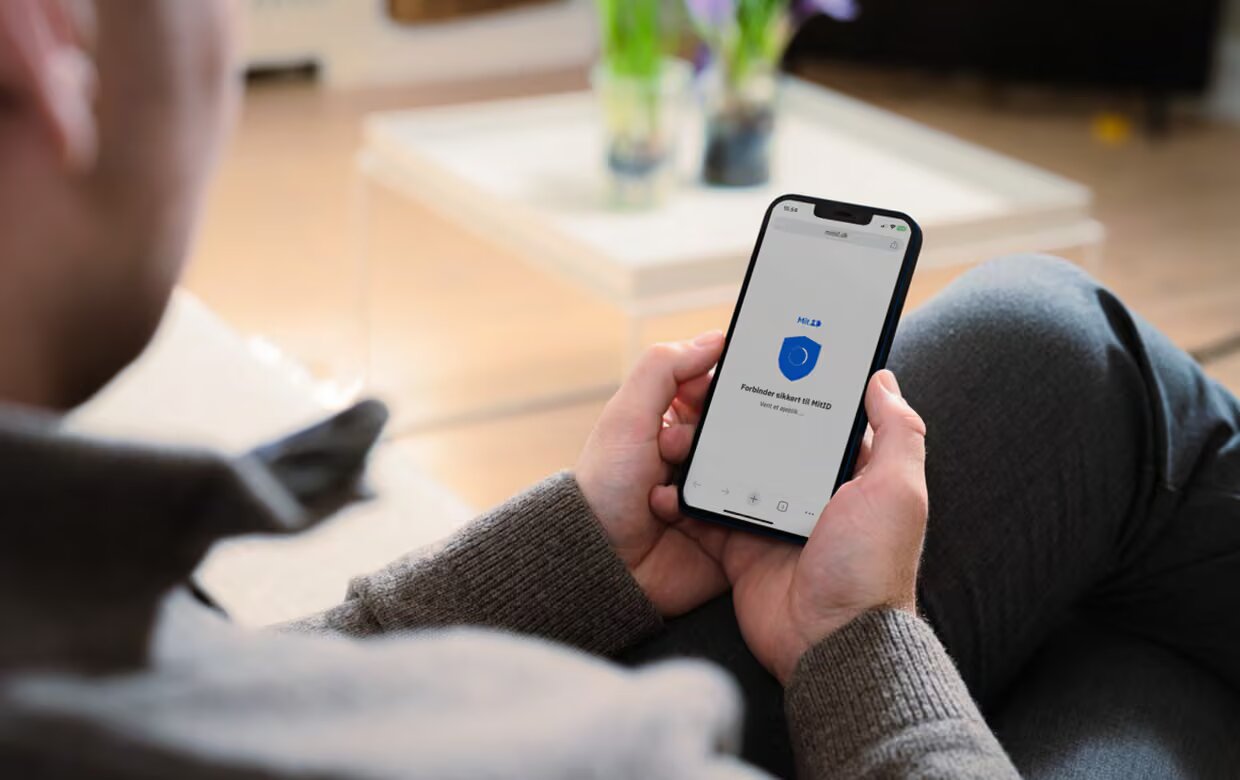Citizens have enrolled with little opposition, albeit with some concerns over security and privacy, as UK plans system

For Danish teenagers, getting enrolled for MitID (my ID) has become somewhat of a rite of passage.
From the age of 13, Danes can enrol for the national digital ID system, which can be used for everything from logging into online banking to signing documents electronically and booking a doctor’s appointment.
But when they hit 15, all children and their parents receive a letter from the government advising them that from now on, the teenagers will receive their own official communications from authorities which will be sent to them via “digital post”, and they will need digital ID to access it.
While there is the option to opt out and instead receive physical mail, few do. Today, 97% of the Danish population aged 15 and over is enrolled in MitID and only 5% of Danes have opted out of digital post.
The British government, which recently announced plans to introduce a digital ID scheme in the UK by 2029, said it would “take the best aspects” of such systems around the world, including those in Denmark and Estonia.
Keir Starmer, the UK prime minister, has said the new ID would be an app-based system rather than a physical card and hold information on residency status, name, nationality, date of birth and a photo. It would be compulsory to have one to work in the UK.
In Denmark, it has taken time to get people accustomed to using digital ID. Enabling people to use it for key apps such as banking was crucial to making it a success, said Adam Lebech, the deputy director general of Denmark’s agency for digital government, and the introduction of digital post had also helped drive take-up.
To try to improve access among older generations, volunteers have been trained to show elderly people how to use it. “Up until about 85 years of age the numbers [of those using digital ID] are very high and then it drops after that,” said Lebech.

Like Britain, Denmark has never had a physical national ID card, but it has been developing its digital ID scheme since 2001. In 2022 it completed the move over to its third iteration, MitID, which Lebech said was more secure than its predecessor. It is usually used as an app on a smartphone or tablet but can also take the form of a code display or audio code reader for those who are not able to use an app.
Peter Christian Bech-Nielsen, the tech correspondent at the Danish newspaper Ingeniøren (the Engineer), said the digital ID scheme worked well and, so far at least, had come up against little friction from citizens. “Because we are a country where most people trust politicians and the public sector to a high degree, this has been pretty uncontroversial,” he said.
But, he added, attitudes to surveillance were changing – in part because of increased awareness of online tracking and public discussion around the subject. “In Denmark in the last 20 years it has been going in one direction only, which is more surveillance, more control. At some point that’s bound to have some repercussions.”
At a time of increased instability and heightened threat of sabotage and hybrid warfare across Europe, digitisation also comes with considerable risk if the system goes down.
“In the old days you could pretty much walk into a municipal office. You cannot really do that any more,” said Bech-Nielsen. “You have to book an appointment online. So that would be very hard [in the event of a digital system failure], which definitely makes us a less resilient society in terms of hybrid warfare.”
Lebech said the digital security threat level was constantly high, an “enormous challenge.” There were, he added, “constantly threats against it” – mainly from social engineering. “It requires constant development and constant battles against criminals,” he said.
